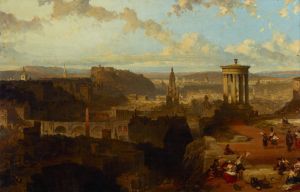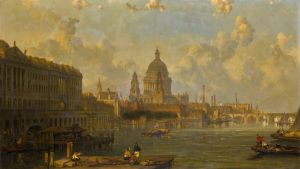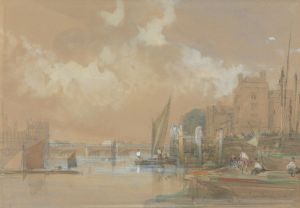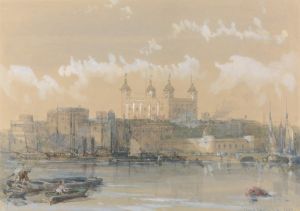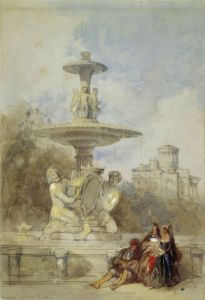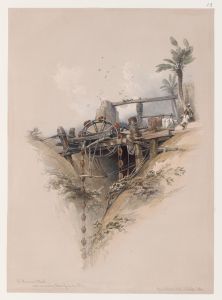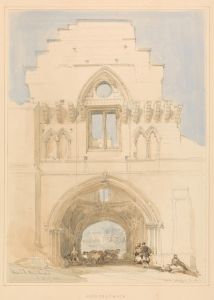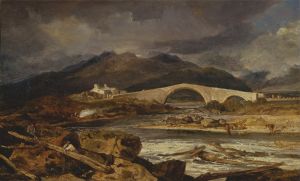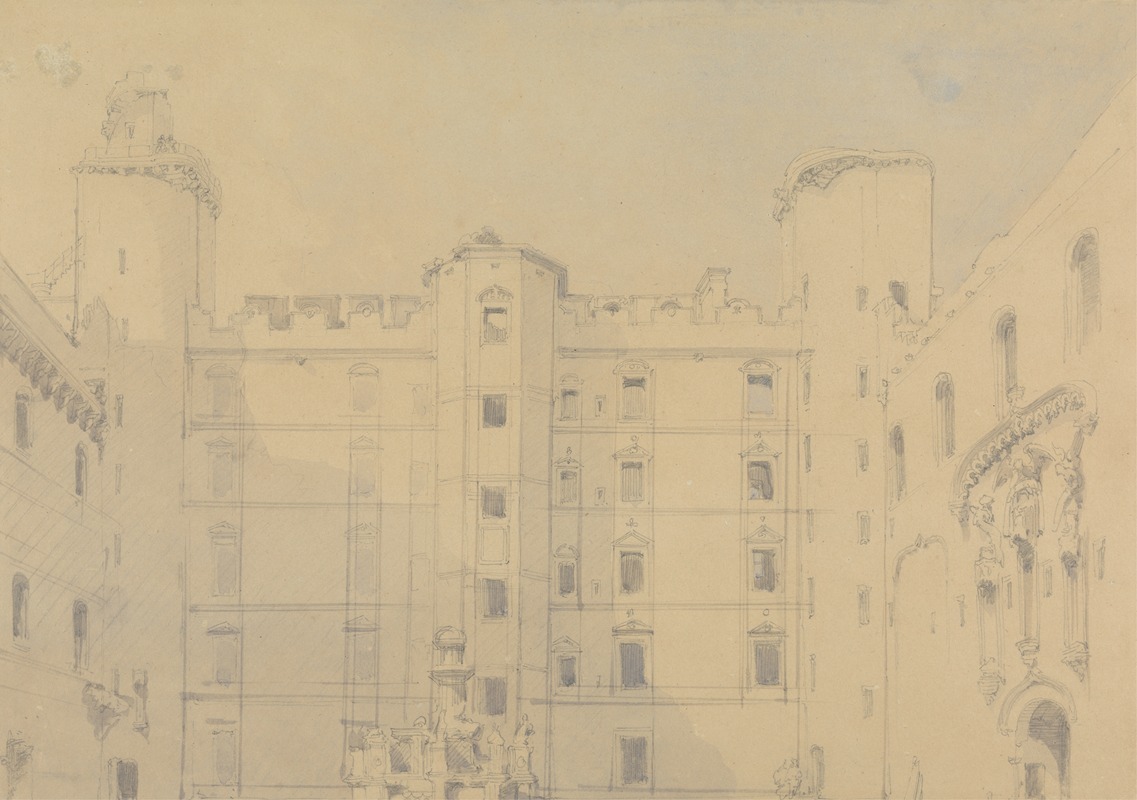
Linlithgow Palace Courtyard, West Lothian
A hand-painted replica of David Roberts’s masterpiece Linlithgow Palace Courtyard, West Lothian, meticulously crafted by professional artists to capture the true essence of the original. Each piece is created with museum-quality canvas and rare mineral pigments, carefully painted by experienced artists with delicate brushstrokes and rich, layered colors to perfectly recreate the texture of the original artwork. Unlike machine-printed reproductions, this hand-painted version brings the painting to life, infused with the artist’s emotions and skill in every stroke. Whether for personal collection or home decoration, it instantly elevates the artistic atmosphere of any space.
"Linlithgow Palace Courtyard, West Lothian" is a painting by the Scottish artist David Roberts (1796–1864), a prominent figure in 19th-century art known for his architectural and topographical works. Roberts, originally from Edinburgh, gained recognition for his detailed and atmospheric depictions of historical and architectural landmarks, both in Scotland and abroad.
This particular painting captures the courtyard of Linlithgow Palace, a significant historical site located in West Lothian, Scotland. Linlithgow Palace was a royal residence and birthplace of several notable figures, including Mary, Queen of Scots, in 1542. The palace, now a ruin, was a favored retreat for the Scottish monarchy during the 15th and 16th centuries. Its architecture reflects the grandeur of the late medieval and early Renaissance periods in Scotland.
Roberts' painting is notable for its attention to architectural detail and its ability to evoke the atmosphere of the site. The courtyard, a central feature of the palace, is depicted with a focus on its intricate stonework and the interplay of light and shadow. This approach is characteristic of Roberts' style, which often emphasized the historical and aesthetic significance of the locations he painted.
David Roberts was a member of the Royal Academy and traveled extensively throughout his career, producing works that documented landmarks in Europe, the Middle East, and North Africa. However, his Scottish works, including this painting, remain an important part of his artistic legacy, showcasing his connection to his homeland and his skill in capturing its historic sites.
The exact date of the painting is not specified, but it is consistent with Roberts' broader body of work, which often sought to preserve the memory of architectural heritage. Today, Linlithgow Palace remains a popular tourist destination and a symbol of Scotland's rich history, while Roberts' paintings continue to be celebrated for their artistic and historical value.





